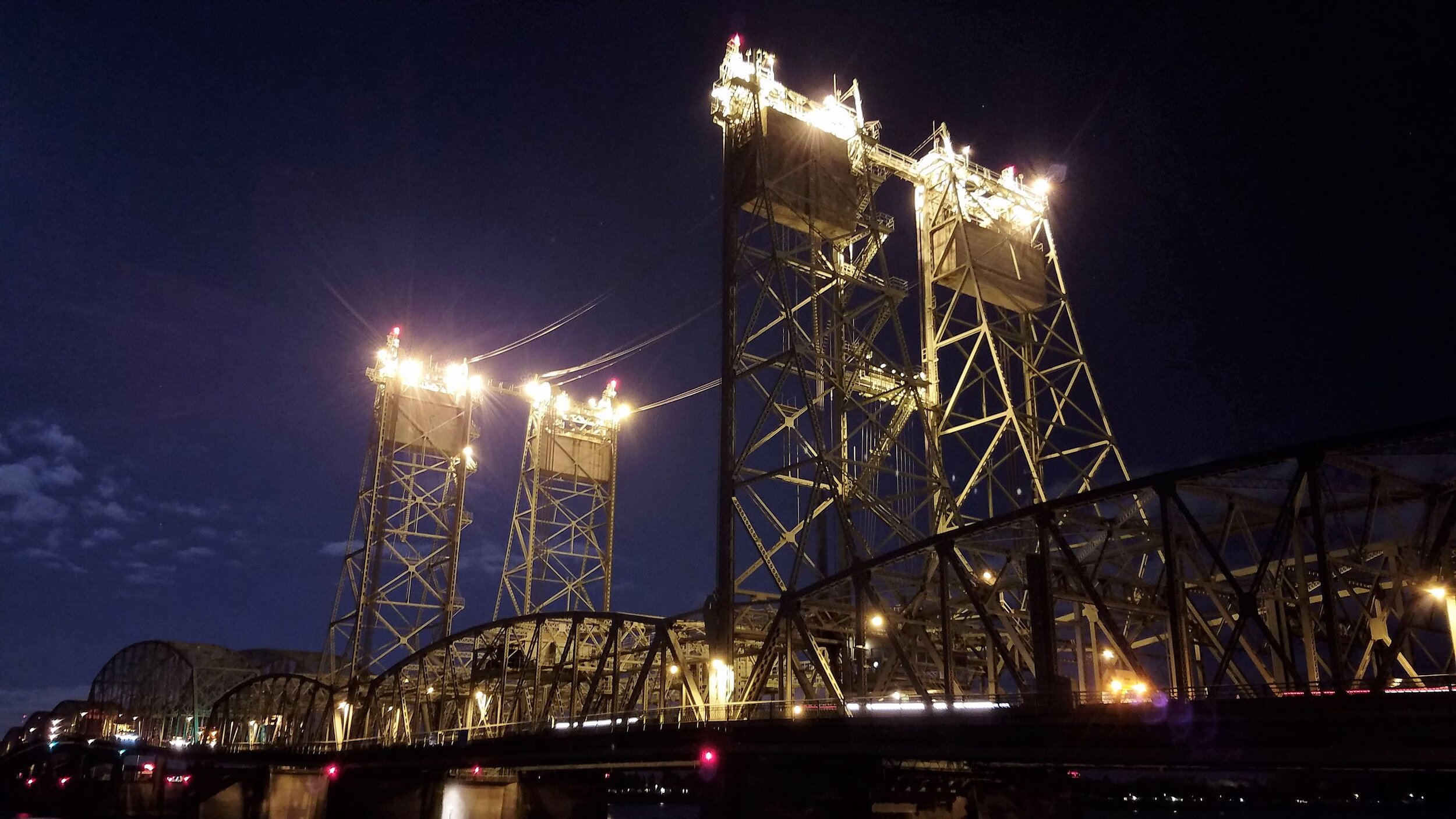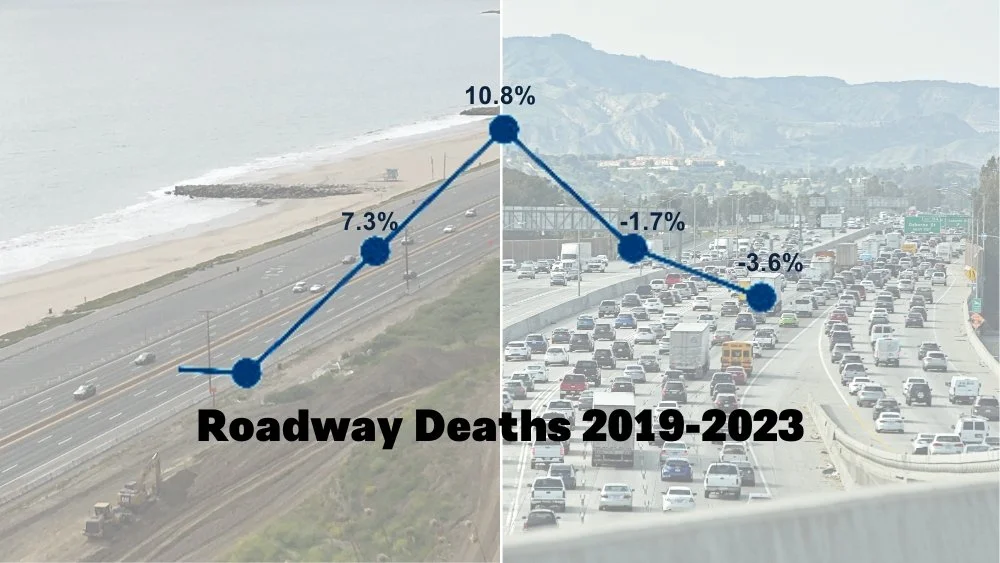Carpocalypse Never?
The Interstate Bridge between Portland, Oregon and Vancouver, Washington. Image source.
From time to time, cities get dire warnings that residents and commuters are about to experience traffic congestion of epic proportions. This will be the stuff of saga—”the bards will sing of this day”—and so we give it a fitting name: “Carmageddon” or “Carpocalypse.” (We keep waiting for “Vroomsday.”)
What sets these events in motion can vary. Our friend Joe Cortright at City Observatory has tracked a number of them:
The demolition of the Alaskan Way Viaduct in Seattle
Imposing tolls on the Alaskan Way Viaduct’s replacement
The closing of 14th Street in New York City to most car traffic
The I-35 bridge failure in Minneapolis
The massive fire that destroyed a several-hundred-foot section of I-85 in Atlanta
In a recent article at City Observatory, Cortright writes: “The most favored myth of traffic reporters and highway departments is the notion of traffic diversion: If you restrict road capacity in any one location, then it will spill over to adjacent streets and create gridlock. It is invariably used as an argument against any plans to slow car movement or repurpose capacity for transit, cyclists, or people walking.” And yet, again and again, Cortright says, these worst-case scenarios seldom materialize.
The latest case study comes out of Portland, Oregon, where City Observatory is based. Cortright sets the stage, explaining that Portland is connected to the suburbs in Southwest Washington via two bridges that span the Columbia River. The oldest was built in 1917, and it needed to have one of its trunnions replaced. “The I-5 bridges usually carry about 120,000 to 130,000 vehicles per day, but that capacity was cut in half as both Northbound and Southbound traffic were diverted to the newer structure. So instead of 6 lanes, the I-5 freeway was reduced to 3 lanes.” He goes on:
Not surprisingly, the Oregon and Washington Departments of Transportation predicted massive traffic tie-ups. The two highway departments predicted four-mile long backups, leading the Vancouver Columbian to forecast that the region would be mired in “trunnion trauma“:
If drivers do not change their travel habits, estimates indicate that backups could stretch for 4 miles on either side of the Columbia River, and the duration of congestion could nearly triple, from seven to 20 hours a day.
Surprising to many—but probably not to longtime readers of Strong Towns and City Observatory—the trunnion trauma didn’t materialize. People adapted. A reporter at The Oregonian summarized the experience this way:
The phenomenon of road experts predicting a traffic apocalypse that never comes is one that has played out before, in Oregon and elsewhere around the country.
And for some transportation observers, it’s not simply an illustration that authorities can frighten people into shifting their travel plans for a short-term purpose. It also reflects, according to one prominent economist, proof that more vehicle capacity—think, freeway lanes—isn’t necessary. After all, if taking away two lanes of critical interstate travel didn’t destroy the system, people can find new ways to get around if they have to.
(The prominent economist mentioned in the article is Joe Cortright.)
Not only isn’t this the first time predictions of Carmageddon were wrong…it’s not even the first time the predictions were wrong in Portland related to a trunnion replacement! Joe has that story, too, and we encourage you to read his whole article on Portland’s no-show Carpocalypse. Joe also has important analyses about why mental models of traffic are so often wrong:
We tend to think of traffic volumes, and trip-making generally, as inexorable forces of nature. The diurnal flow of traffic on urban roadways seems just as regular and predictable as the tides.
What this misses is that there’s a deep behavioral basis to travel. Human beings will shift their behavior in response to changing circumstances. If road capacity is impaired or priced, many people can choose not to travel, change when they travel, change where they travel, or even change their mode of travel. The fact that Carmageddon almost never comes is powerful evidence of induced demand: people travel on roadways because the capacity is available for their trips, when when the capacity goes away or its price goes up, trip making changes to reduce traffic.
Read Joe Cortright’s full article here.
And while you’re waiting for the next Carpocalypse warnings, may we also recommend these other Strong Towns articles on traffic congestion and traffic projections?





Dr. Jonathan Gingrich is a professor of engineering at Dordt College in Iowa. Unsatisfied with the standard materials for his transportation engineering class, he incorporated safe street design, including having his class conduct a Crash Analysis Studio. He joins today’s episode to talk about how he did this and the benefits it had for his students. (Transcript included.)